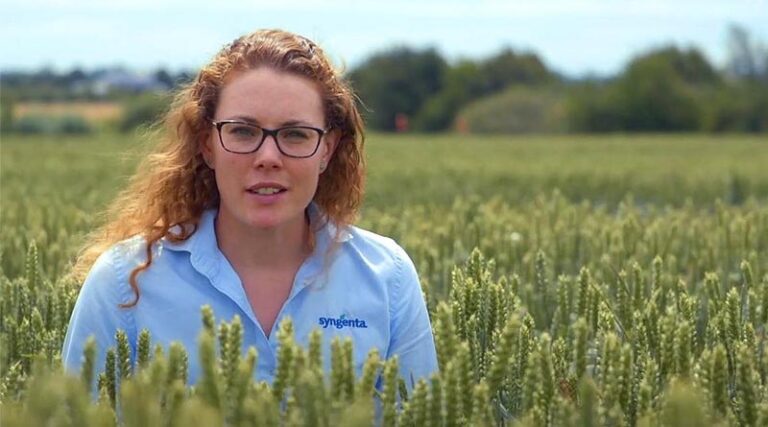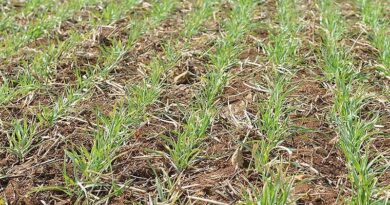
How Do I Manage Herbicide Resistance in Cereal Crops?
23 June 2025, UK: Herbicide resistance is a concern in UK cereal crops, and in 2025 we say the first confirmed case of Italian ryegrass resistance to glyphosate. Our Field Technical Manager, Georgie Young, shares her expertise on how herbicide resistance occurs and some strategies for tackling it.
How does herbicide resistance occur?
There are a number of factors that can contribute to resistance occurring. An over reliance on herbicides at the expense of adopting a broader integrated management approach is likely to be a key factor though; as well as not adopting best practices when using herbicides. Examples of good practice include applying the correct dose rate at the correct growth stage, and mixing and sequencing different modes of action, for example.
Weeds populations may contain a small percentage of individuals with genetic variations that might provide some tolerance to certain chemical applications. When exposed to these chemicals over a period of time, these individuals are more likely to survive and reproduce while susceptible individuals in the larger population are controlled. Over time the proportion of resistant individuals in the population increases.
This is why it is important to adopt an integrated approach to weed management and not rely purely on herbicide applications to achieve control. Other tools such as cultivation can contribute to integrated weed management, as well as crop rotation which can expand the range of chemical modes of action that grass weeds are exposed to.
Mitigation strategies
There’s no silver bullet when it comes to weed management. Farmers should focus on integrated controls, aimed at reducing the weed population from the very beginning so there are less survivors and there’s less chance of resistance developing in those weeds that do survive. Follow these strategies for success:
- Carry out weed mapping: This will help you keep an eye on populations in your field.
- Get out in the field: There’s no better way of spotting signs of resistance early. Get some resistance testing done if you notice any issues.
- Rotate crops: There are plenty of benefits of using crop rotation to manage herbicide resistance, not least that it disrupts weed growth cycles and allows you to rotate between herbicides with different modes of action.
- Choose competitive crops and varieties: winter barley is a more competitive crop against grass weeds than winter wheat for example; and HYVIDO® winter barley varieties have an even greater ability to suppress and compete with grass weeds than conventional winter barley varieties.
- Make use of mixtures and sequencing: Using herbicide mixtures can kill weeds that evade control following the use of a single herbicide. Sequencing allows you to alternate between herbicides with different modes of action. Both help break the cycle of repeated use of the same herbicide.
- Follow the advice of the Weed Resistance Action Group (WRAG).
For more expert advice on managing herbicide resistance and controlling weeds in cereal crops, click here.
Also Read: India’s Agrochemical Market Hits $11.2 Billion in FY2025, Eyes $14.5 Billion by 2028: Rubix Data Sciences
📢 If You’re in Agriculture, Make Sure the Right People Hear Your Story.
Have a story the global agriculture industry should hear? From product launches to strategic announcements, Global Agriculture offers unmatched visibility across international agri-business markets. Connect with us at pr@global-agriculture.com to explore editorial and advertising opportunities that reach the right audience, worldwide.






